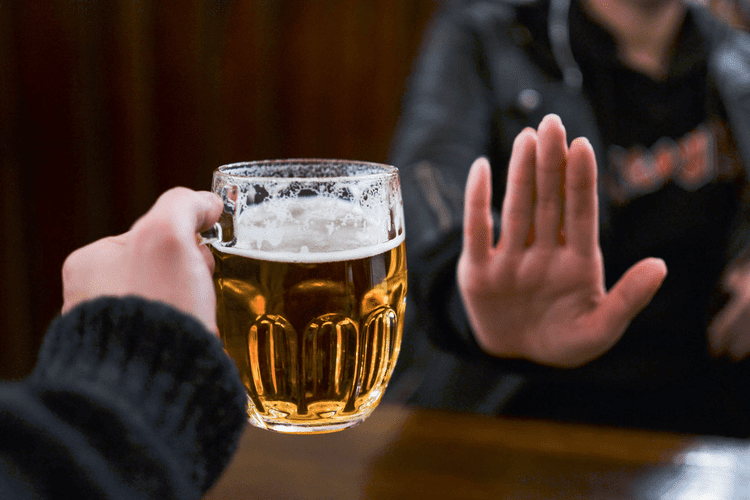Culturally appropriate clinical interventions for
reducing excessive drinking (e.g., screening and counseling for excessive alcohol consumption and treatment for alcohol dependence) should be
widely implemented among AI/ANs (7). In addition, tribal court systems, which deal with large numbers of alcohol-related
crimes, should be better integrated with the health-care system and substance-abuse treatment programs. A major strength of the article by Spillane et al1 is the location of these trends within the broader national landscape, not just in comparison with white individuals as the primary reference group, which is typically the case. In this regard, Spillane et al1 report that in 2016, the age-standardized rates of alcohol-induced deaths were highest among American Indian and Alaska Native (AIAN) men and women, substantially greater than those among their counterparts in the other major racial/ethnic populations. Moreover, these rates increased steadily and significantly for both sexes during the 17-year period of observation.
These drinking styles range from abstinence to some isolated, very heavily alcohol-dependent patterns. The bulk of the alcohol-related problems surrounding heavy recreational and binge drinking occur from the late teens through the mid-30s, and alcohol dependency problems increase dramatically from ages 25 through the late years among a select minority of the Indian population. Furthermore, there is very little literature currently available on alcohol-specific causes of death among Indians.
Impacts of Alcohol and Alcohol Availability Across Generations
Last month, Nebraska officials voted to revoke the licenses of four liquor stores near the border of the Pine Ridge Reservation in South Dakota. Pine Ridge is supposed to be a dry reservation but its residents regularly procure alcohol from these stores. Tribal officials argue that if these stats on alcoholism stores were closed, residents would have limited access to liquor and the high rates of alcohol abuse on the reservation would diminish. Since the reservation is almost 3,500 ostensibly alcohol-free square miles, it seems unlikely that cutting off these stores is going to stem the tide.
Accompanying the trend toward tribal control is a movement toward the use of traditional cultural and spiritual beliefs and practices in treatment. In some cases non-Native approaches, such as detoxification, pharmacotherapy, behavioral therapy, inpatient treatment, and Alcoholics Anonymous, have been modified to incorporate Indian beliefs and traditions. Sweat lodge ceremonies, the peyote ceremony, smudging with smoke, and traditional dancing and singing (Jilek https://ecosoberhouse.com/article/meditation-for-addiction-recovery-methods-and-techniques/ 1978, 1994; Manson et al. 1987) are increasingly incorporated into Indian treatment programs. Unfortunately, no randomized trials or other controlled studies have been conducted to test the efficacy of those efforts. Alcohol and drug abuse problems often are attributed to underlying psychological disorders; consequently, those disorders have been cited as contributing to alcohol problems among American Indians (Mail and McDonald 1980; Novins et al. 1996).
Consequences of teenage pregnancy in Native youth
A strength of this study is that it is culturally and community specific, as well as culturally sensitive and congruent with best practices for conducting research with Native American populations. However, because this study is purposefully culturally specific, its findings may not be generalizable to other Native American groups. Each of the participants had formal exposure at some point in their lives to addictions treatment or counseling in the community. The notion of stages of change in addictions treatment (based on Prochaska and DiClemete’s work dating back to the 1970s and 1980s) is well established in community-based programs on this reservation.

